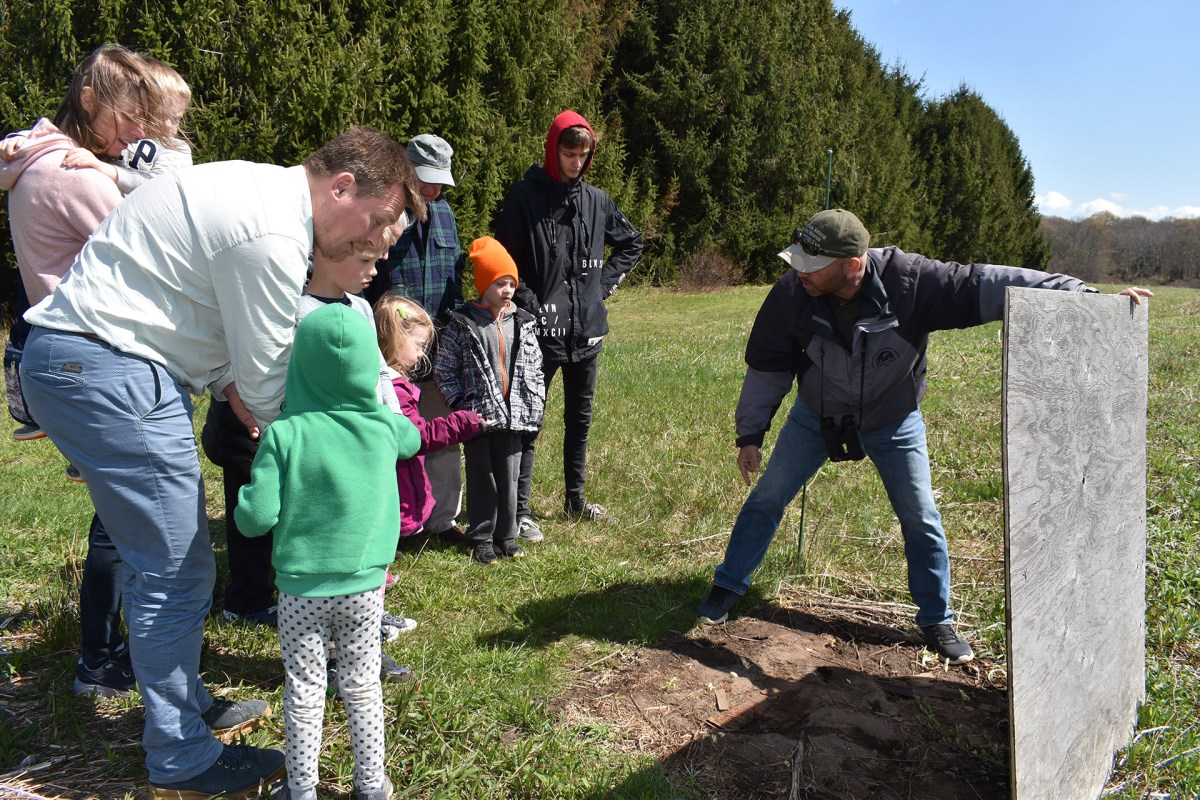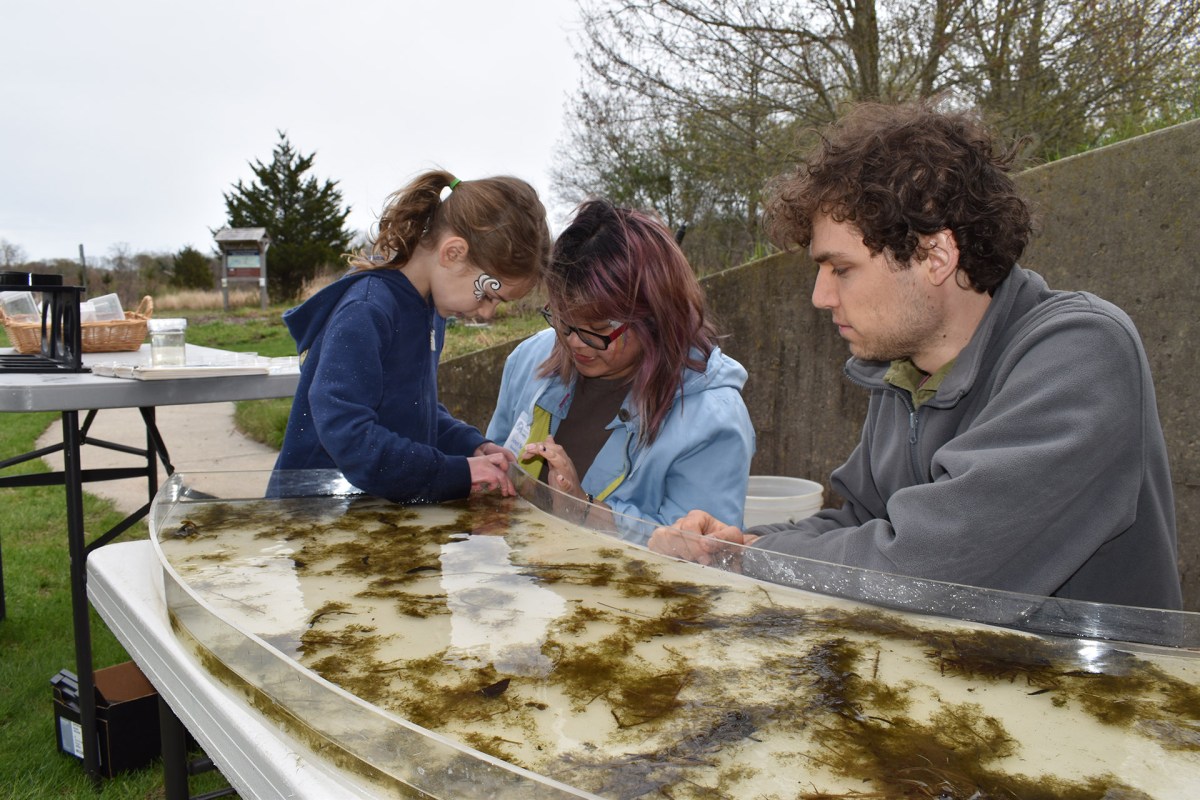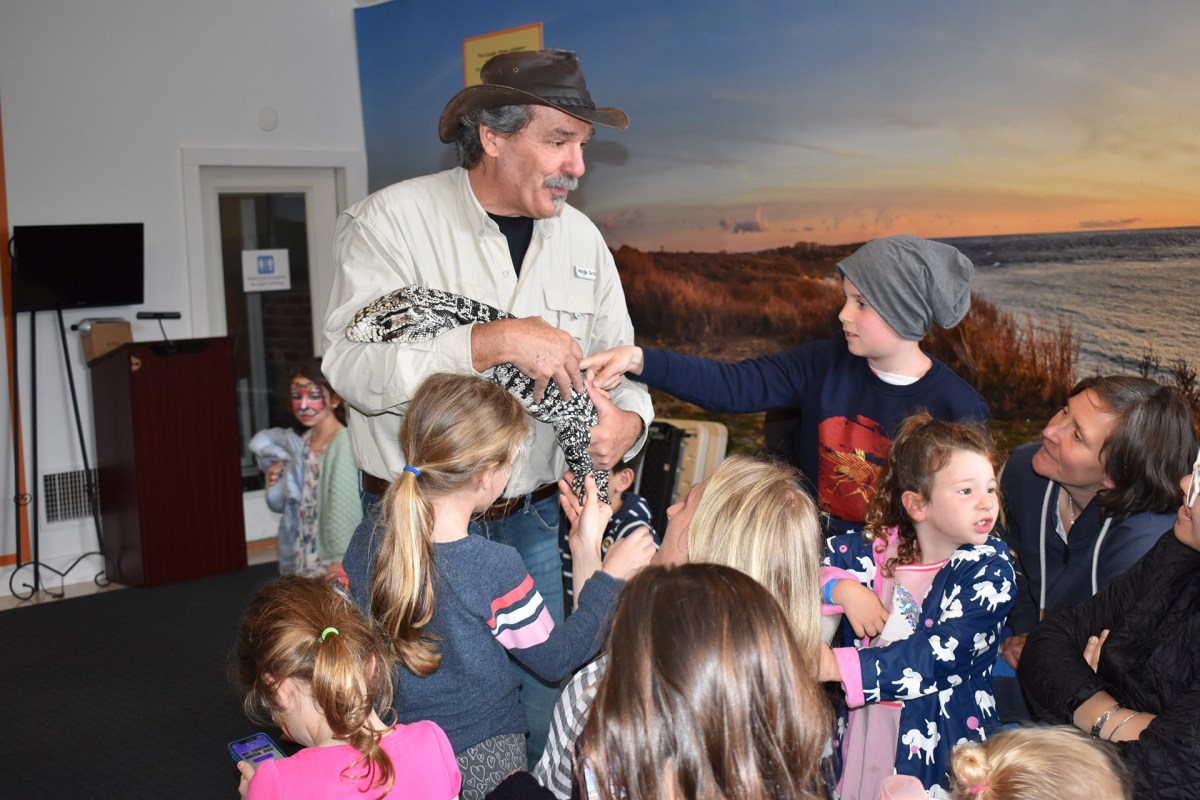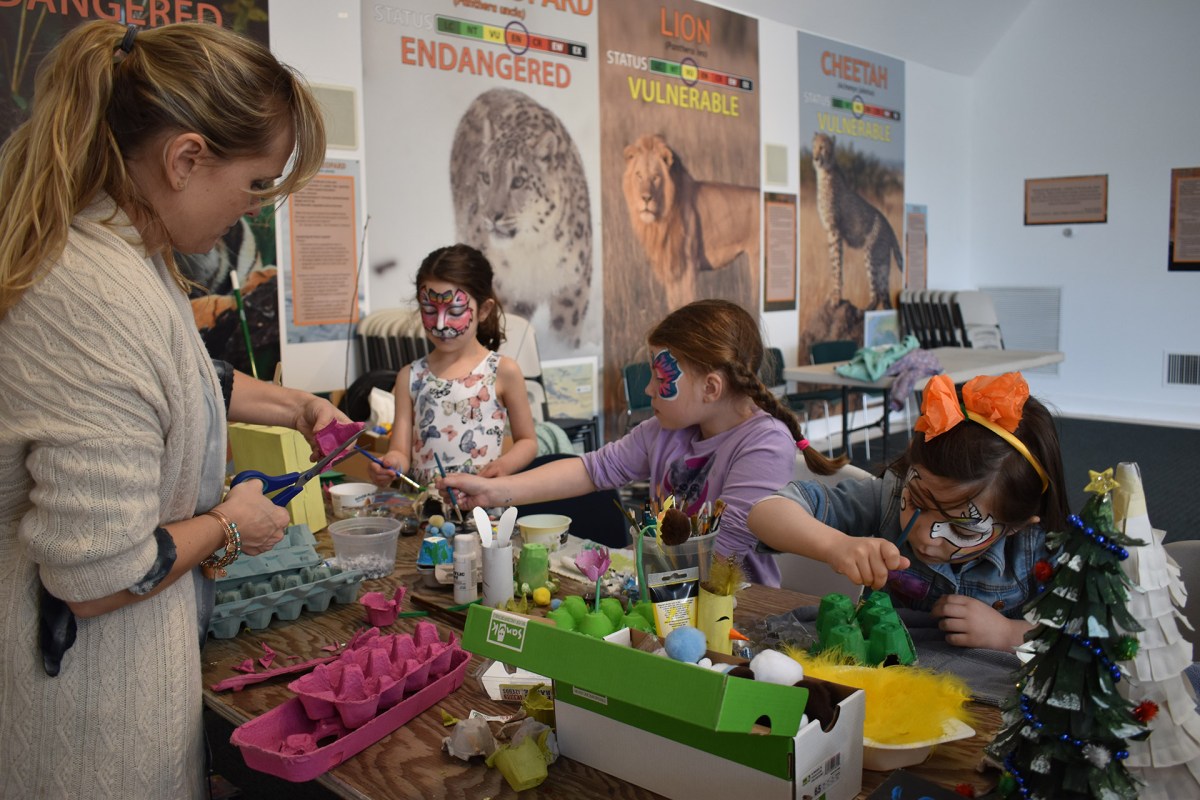Teaching The Children Well
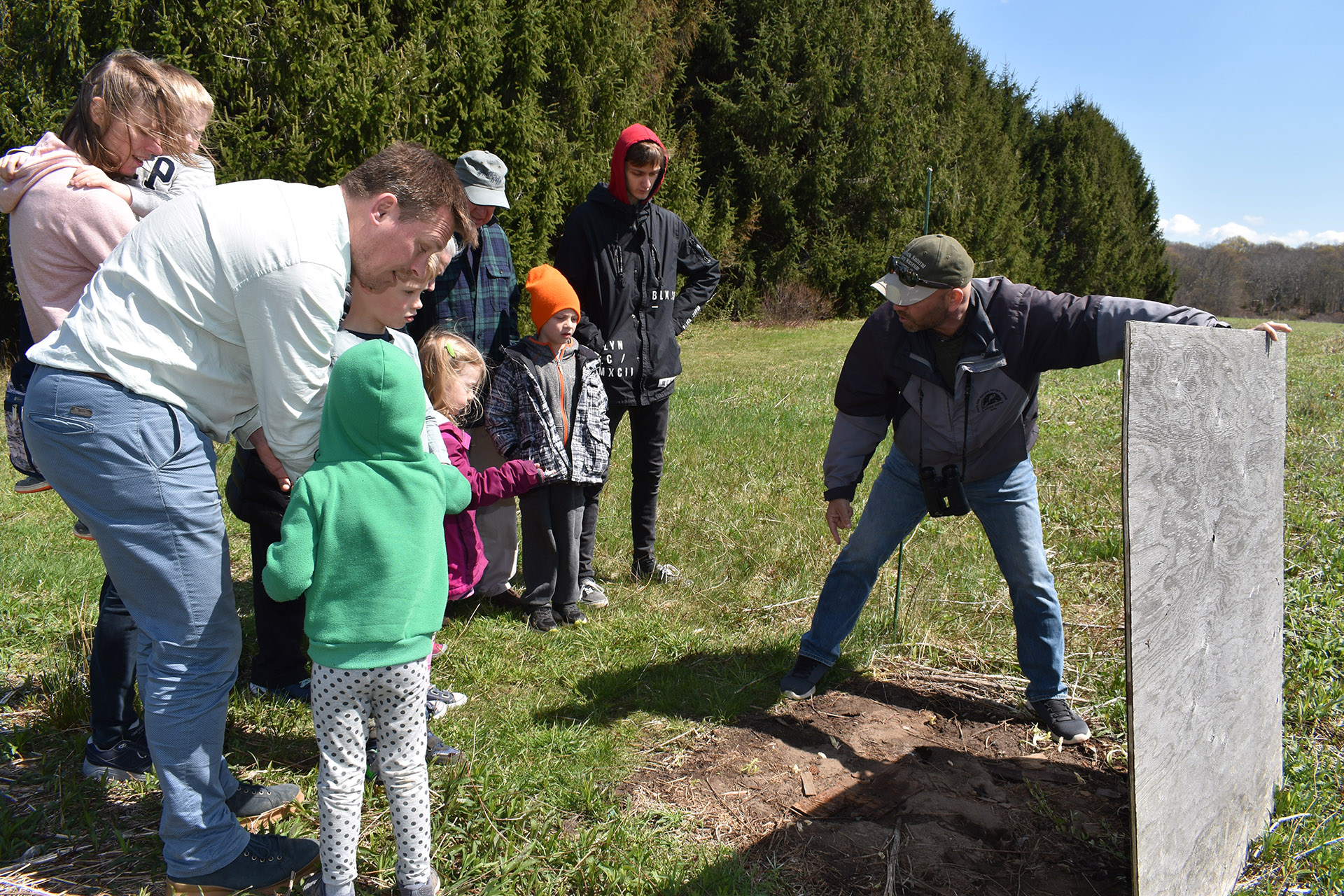
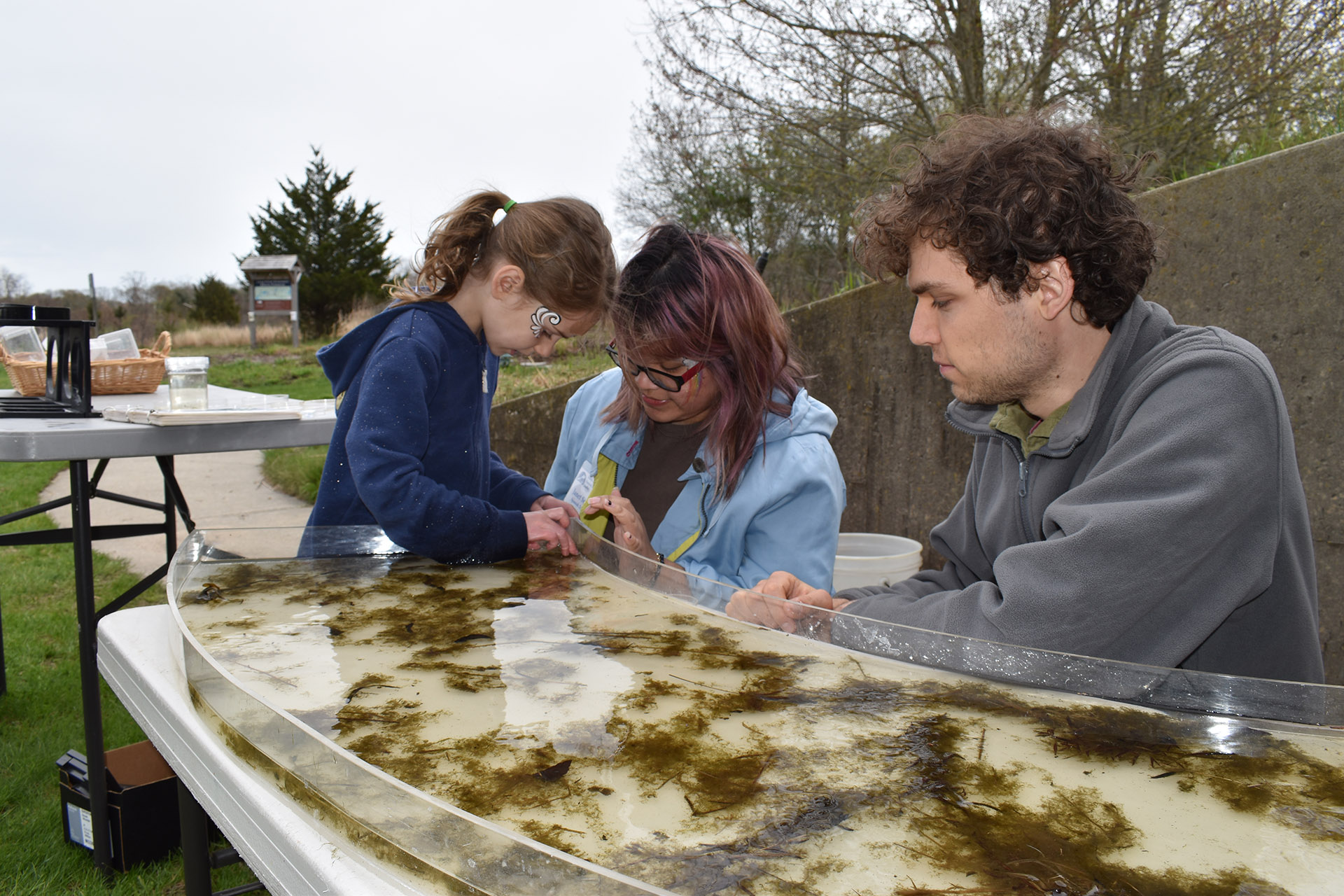
Thinking back nearly a half-century to the first Earth Day in 1970, it’s difficult to imagine how something that was once viewed as a counter-culture event has become so mainstream.
At least a partial explanation for that could be found at the South Fork Natural History Museum on April 27, where the seventh annual Earth Day Open House offered free admission and a variety of programs for families, with a special emphasis on children.
“That’s a credit to the schools, parents, and people who are involved in our organization and others like it,” said Frank Quevedo, SOFO’s executive director, who was on hand supervising activities that were enjoyed by a steady stream of visitors throughout the day.
“Probably 98 percent of our programming is geared toward children and families,” Quevedo continued. “The children are the ones who are going to sustain the environment and protect the planet, so it’s important to get to them when they are young and teach them the importance of stewardship.”
Children, parents, and grandparents encountered a diverse sampling of wildlife during a brief tour Quevedo led on a trail behind the museum. Three ospreys hovered over a pond; a red-tail hawk patrolled the perimeter of an open field, and a smaller, sharp-shinned hawk passed overhead. Purple martins were busy moving into their new homes in nest boxes designed to resemble hollowed-out tree trunks, and tree swallows were staking out nests in other boxes intended for eastern bluebirds.
Although Quevedo did not find any black racer snakes, mice, or voles, when he lifted plywood sheets that are laid along the trail to provide cover for the animals, the youngest children were happy enough to spot a couple of wooly bear caterpillars.
In the afternoon, two SOFO staffers, Miles Todaro and Janet Soledad, were teaching children about just how rich a small vernal pond could be. Todaro had collected about two gallons of water, which he then poured into a wide, shallow dish. Soon, a variety of creatures, including water striders, damsel flies, dragon fly larvae, and nasty looking little creatures with oversized pincers called predacious diving beetles, could be seen darting among bits of plant material. Children used small dishes to scoop up the creatures and examine them under a magnifying glass.
The prize find of the day, Todaro said, was a salamander larva, but not just any salamander: an eastern tiger salamander, a species which is on New York State’s endangered list.
Inside, other treats awaited children, from face-painting to art classes using recycled materials that were led by Virva Hinnemo and Michele Mott.
Hinnemo said she was a long-time recycler who hated to throw anything away if it still had some value. She said she uses recycled materials in her art on a regular basis. The supplies “cost nothing and people have them at home,” she added.
Meredith O’Leary’s five-year-old son, Desmond, was busy working on a turtle, whose shell was a rounded, clear plastic produce container lid.
Desmond, like many other children, love coming to SOFO because it’s so hands-on. “They get to see it here, touch it, and learn about it and that makes them want to preserve it,” his mom said.
It was not all for kids, though. David Dooley, a solar energy consultant, stood near a small table, ready to give advice on maximizing the efficiency of solar panels.
Lisa Boitano of Tick Wise Tick Safety Education was ready to provide visitors with an essential primer on the different types of ticks, the diseases they carry, and how to safely remove them if you find one attached to you or your child. And to help prevent that, her friend Lisa Eggert was there to offer samples of her Tick Wise tick spray.
But the highlight of the day was an appearance by Jungle Bob, a regular on the SOFO and local library circuit. He brought an assortment of reptiles and amphibians, from a rat snake to a small alligator, a giant bullfrog to an enormous toad, and a contented looking tortoise that was happy to munch on a pile of salad greens while Jungle Bob described its habitat, habits, and the threats it faces in the real world.
He saved for last an Argentine tegu lizard named Evita, whose black and white skin had the consistency of fine beadwork. Their beauty has proven dangerous for the animals because their skin is now used in shoes, handbags, and other clothing, leading to a rapid decline in their numbers, he told the children, who flocked to touch the animal as though it was a puppy with soft fur.
sjkotz@indyeastend.com
